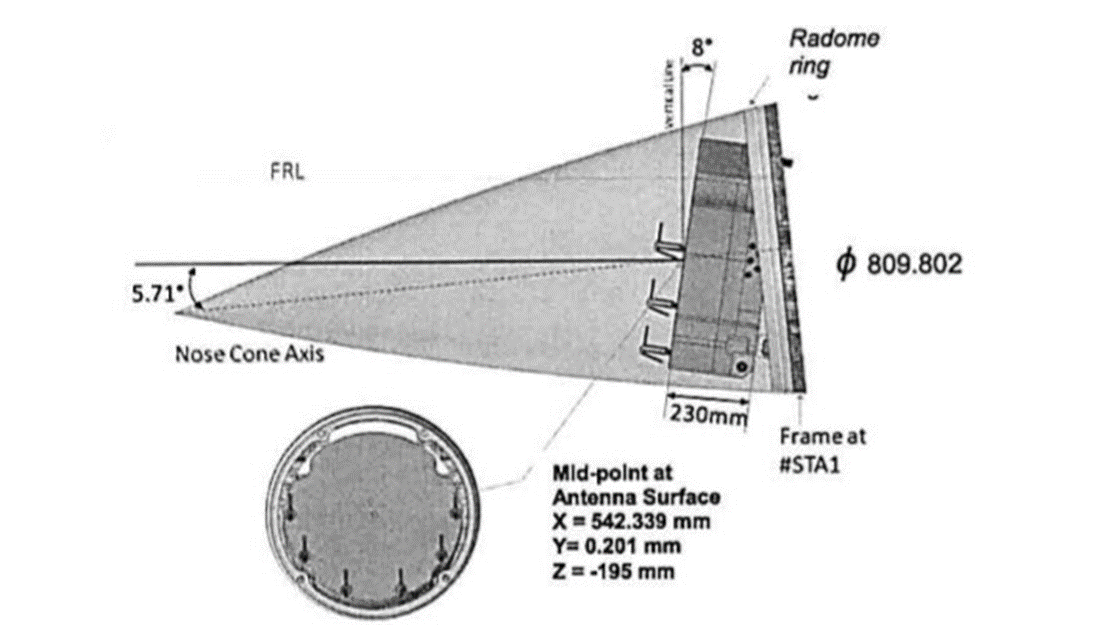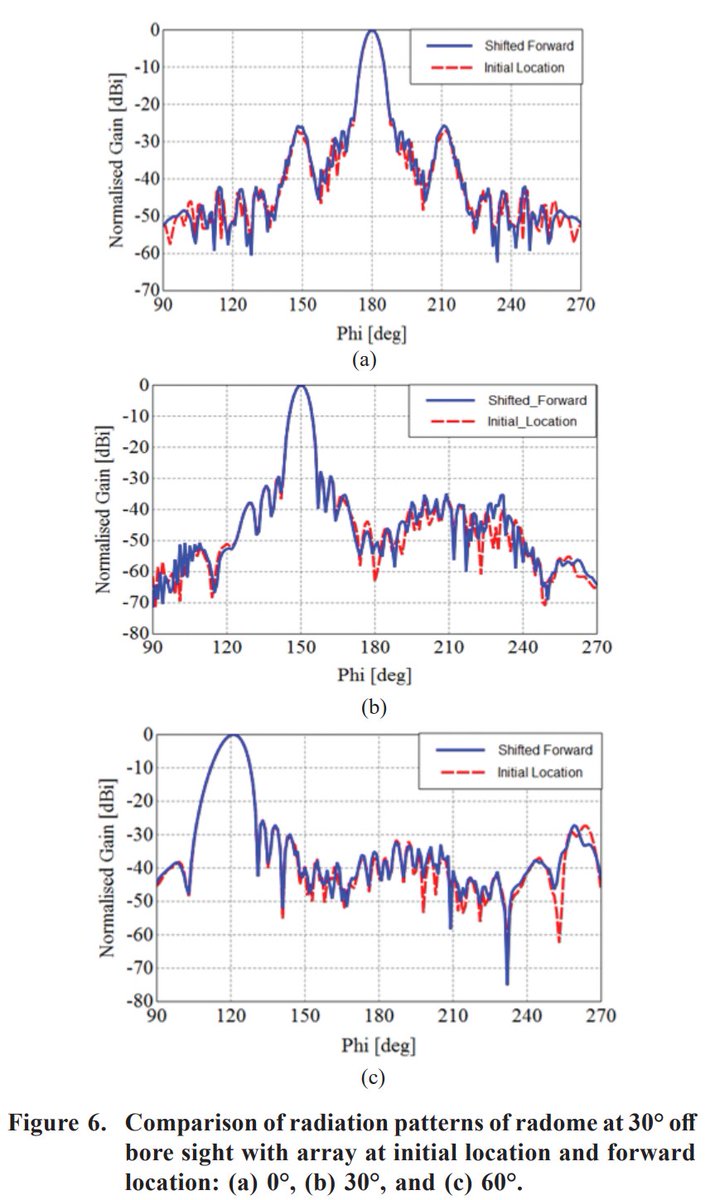
LCA Mk2’s nose cone is smaller in length (~10%) and diameter (~10%) than Mk1s even though it will house a more powerful radar and internal IRST. In this thread, I want to show you how this is ONLY possible by build, learn, repeat. Instead of read (papers/brochures), think, repeat
https://twitter.com/amanroutray7/status/1474714791679725568
But first, what does a slimmer nose mean for a single-engine fighter aircraft? 10% reduction in diameter means 21% reduction in cross sectional area. Although this seems small, it has a large impact on aerodynamics. And it is not easy to achieve. More on that later.
Narrow fuselages needs to displace less air to move through it. Hence, power-constrained SE fighters gain most from such optimizations. They can travel faster and sometimes even turn faster. Also, smaller radome means smaller weight which also translated to lesser drag.
But as I said earlier achieving 10% reduction in nose diameter is no small achievement. It takes 3 huge steps which would not have been possible without going through the Tejas Mk1 and Mk1A design and operationalization cycle. Allow me to elaborate.
Optimization #1 comes from the basic design itself. Tejas Mk1 was designed for a mechanically scanned array (MSA) radar. Such radars have rotating antenna disks and radomes that must be large enough to provide sufficient internal clearance for the antenna disk to rotate. 

AESA radars in principle have no such mechanically rotating elements. Some antenna’s do rotate a bit, but not to the extent of MSAs. Hence the clearance required is less. Look at the space between Uttam and Mk1s radome and compare that with that of Mk2 



Optimization #2 comes from fielding Uttam AESA in Mk1-prototypes. They measured all dispersion patterns in the field to calibrate their simulation systems. Now, they can confidently simulate the minimum clearance required for given nose geometry and radar signals. 



Finally, optimization#3 comes from optimizing the radar itself. Their latest elements to be fielded in Mk2 are smaller and can be packed tighter, hence the diameter of the antenna itself is smaller even though it is more powerful!
Another improvement that is easy to miss is that Mk2 radome won’t have a pitot tube. Pitot tubes are critical to flying. Inaccurate readings from pitot tubes can lead to critical failures. They should be placed in clean airflow, What better place than the nosetip for that? 



People do place them at wingtips etc, but there are some problems associated with doing so fighter aircrafts (keeping it short here). If you place a pitot tube anywhere on the fuselage, airflow around the body change the readings a little.
For example, IFR probe creates asymmetry around the pitot tube on one side and it must be compensated for by the flight computer. These are relatively easy for ADA now on a proven platform and gained expertise. But in 1983, it had neither. Could it have taken a chance?
But a pitot tube at the nosetip means metallic wires & structures must go through the radome. This is detrimental to the radar’s performance! Mk2 does way with this loss in performance. Its FC is robust enough. This maturity couldn't have come without flying Mk1s for 1000s of hrs
And all these benefits are not limited to Tejas Mk2! They will apply to AMCA and TEDBF. In fact in the latter two, you might not see any external pitot tubes at all!
Learn once apply as many times as needed. This is why DRDO is churning out missiles like hot cakes!
Learn once apply as many times as needed. This is why DRDO is churning out missiles like hot cakes!
This is the beauty of crawl-walk-run (or build-test-refine) model. Every successful product to date is built on this philosophy.
Sitting on hands, theorizing that some alternative setup or transfer of (hard-earned strategic) technology will magically solve your problem is naive
Sitting on hands, theorizing that some alternative setup or transfer of (hard-earned strategic) technology will magically solve your problem is naive
People are technology, technology is people.
To build technology, one must first build the people who can build that technology. They must start somewhere.
It takes time! It takes doing! There is nothing magical about it!
To build technology, one must first build the people who can build that technology. They must start somewhere.
It takes time! It takes doing! There is nothing magical about it!
• • •
Missing some Tweet in this thread? You can try to
force a refresh




